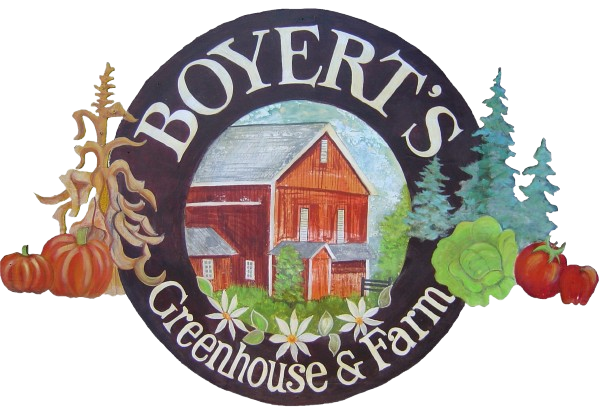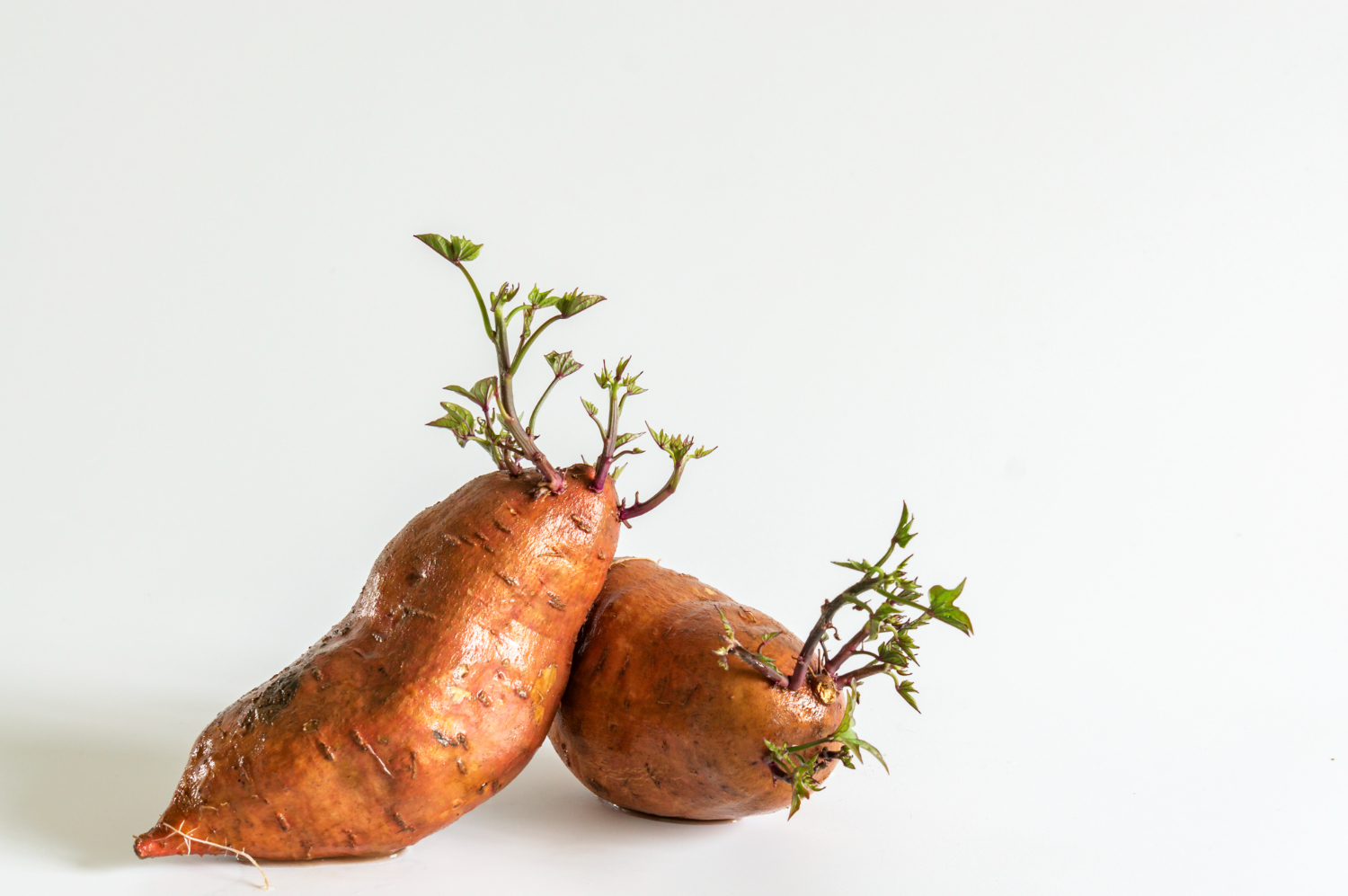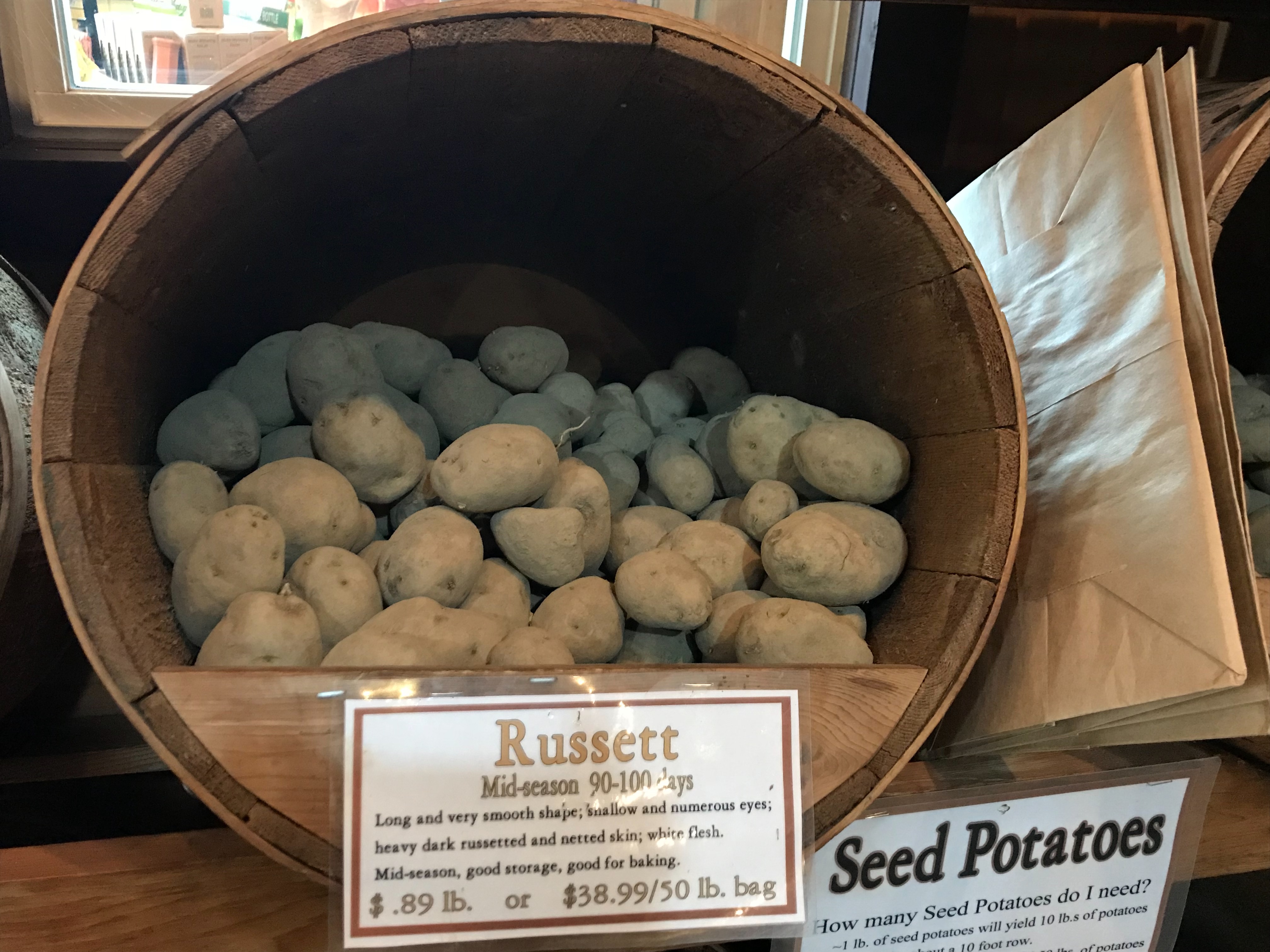Nothing is more breathtaking than a trellis covered in a clematis in full bloom.
Attractive spidery seed heads are left after the flowers fade. And Sweet Autumn Clematis sends its
intoxicating fragrance into the fall air. But knowing how to grow your clematis lush and beautiful is part of the fun in having them. Knowing your vine is the 1st step to clematis success: knowing what pruning group your clematis is in is most important. So how do you prune?
Do not prune in the fall.
Sweet Autumn clematis that were pruned in the fall were only encouraged to emerge from dormancy at the first sign of warm weather. And if that warm weather comes in January the new growth can’t take the return to winter and will unfortunately die. No matter what zone you’re in, it’s best to let your clematis stay dormant and unpruned until spring. Knowing which pruning group your clematis is in is something you need to know before cutting. These groups are labeled as A, B or C (sometimes 1, 2 & 3). The tags will often tell you which group it is in but if it doesn’t just watch it for a year. Pay attention to when it blooms, and whether it blooms on woody stems that grew last year (old wood) or green, flexible stems that came from a main stem this year (new wood). Once you know this information, you can usually put your clematis into one of these groups.
Group C is the easiest group to prune. It has cultivars that bloom in spring or summer, as well as fall. Some clematis included in this group are: ‘Ville de Lyon’, Sweet Autumn, ‘Jackmanii’, Niobe, ‘Comtesse de Bouchard’ and ‘Hagley Hybrid’. Sweet Autumn is one of the tallest, reaching about 20’. IT is necessary to give this variety a large structure to climb on or you may find it twining into surrounding plants. Or you could use this group of clematis asa ground cover. They may take root where the stems touch the ground giving you extra plants to share. Two pink cultivars that perform great in shade are ‘Comtesse de Bouchard’ and ‘Hagley Hybrid’. They will even tolerate a north facing wall. However, the flowers are smaller and sparser than those growing in more sun. Since this group only blooms on new wood, cut the entire plant down each spring. If you don’t, the plant will be think at the base and full of dead
stems from the previous year. Plus you’ll have smaller and fewer flowers.
Group B usually contains large-flowered doubles and re-bloomers. ‘Multi Blue’, ‘Arctic Queen’, ‘Bee’s Jubilee’, ‘Henryii’, ‘Nelly Moser’, and ‘Elsa Spath’ fall into this group. Most grow 10’-12’ tall and cover structures such as pergolas, arbors and fences nicely. The large flowers open in spring on old wood, followed in late summer by smaller flowers about half as large and the precious flowers. Group B cultivars are good companions to climbing roses because their pruning requirements are similar. As plants leaf out in spring, remove any stems that have died back, and then do a light pruning to keep both vines trained to their structure.
Group A blooms early in the spring on old wood. Wait to do most of your pruning until after the main flowering has finished. Pruning too early may cause you to cut off the flower buds. In zones 4 & 5, winters sometimes kill the tips of group A.




